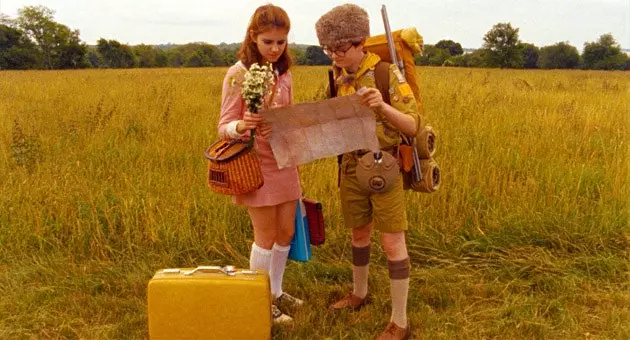
THAT moment when you realize that without Google Maps you are nobody
Us, that sometimes we don't know how to get to our own house Although we are two streets away, we concentrate very hard when they give us directions and yet they slip through our brain - as if our neurons were waterproof to this type of information we strongly doubt natural selection . If Darwin were right, it is clear that we would never have been born. Or is it that in the Middle Ages there was Google Maps ?
For see if ours is a hopeless case (okay, I'll leave it in "mine", sure that in this writing there is people who can suck their thumb , tossing it to the wind and yelling, "This way!"), we've decided to talk to a few experts. To begin with, we have consulted Karin Sidney Chellew Gálvez and Margarita Gómez Márquez , Professors Doctors in the Department of Psychology of the Faculty of Biomedical and Health Sciences of the European University. They have clarified what we are talking about when we talk about orientation.
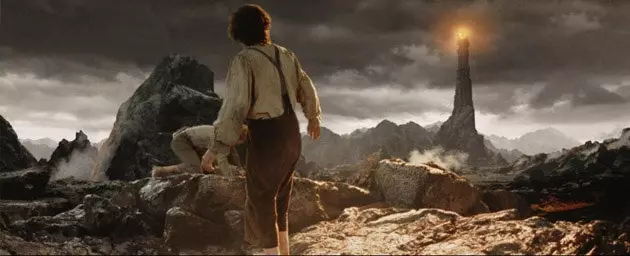
Have your path as clear as Frodo: #Lifegoals
"It is the ability we have to locate ourselves in space to know where we are going starting from our current location , even in situations where we find ourselves in environments that are completely unfamiliar to us . Orientation allows us to situate ourselves in space, find places, interpret maps or carry out tasks that require understanding the notions of dimension and direction", they explain.
And now, the golden question: Why are some people better oriented than others? "Research shows that a part of our orientation capacity is innate and another part is learned . In relation to the innate component, there are parts of our "mental maps" that develop independently of our spatial experience. In relation to the learned component, n our motor coordination and an adequate development of laterality positively influence spatial orientation".
Ok, so all is not lost for now... there is hope for people like me! Or not? Let's see: "There are personal variables that also count: the age and sex of the individuals. The spatial orientation acquired during childhood (especially from seven to ten years old) and worsens with aging. Sex also plays an important role: it has been seen that men show better ability than women in tasks performed both in virtual environments and in real environments. This can be explained by evolutionary theories (the man was a hunter and had to move through space and women had a more sedentary routine and oriented to the categorization of seeds and spices) ".
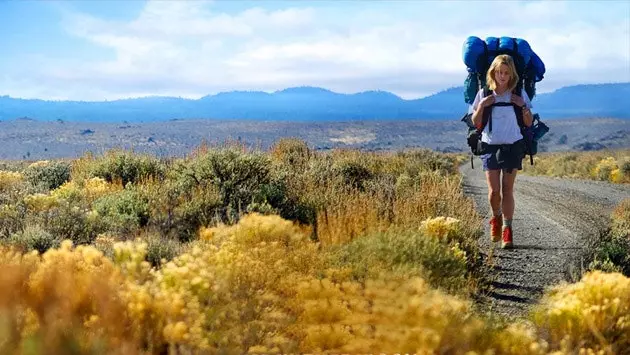
The protagonist of 'Wild' passes from her anthropological heritage and starts walking
From the outset, it seems that I have -almost- everything against me, but ** Alfonso Barragán , Trails Technician certified by the Spanish Federation of Mountain and Climbing Sports** (FEDME) since 2001, teacher in the same formation and with nothing less than 26 years of experience in areas that sound as much like an action movie as hiking, sport climbing, classic climbing, mountaineering, skiing, mountain biking and ice climbing , he reassures me: "After more than two decades of experience going out on the mountain with all kinds of people, I'm sure the one who prepares is better oriented and cares to orient. There are techniques, they can be learned and they work ".
As if that were not enough, the adventurer behind 17 peaks, 17 chasms, a project that consists of "Climb the highest peaks and descend the deepest chasms of each Community" (and tell about it in this very complete blog), also reaffirms me in the idea that it is never too late if one wants to learn. And that, being a traveler makes it even easier for me !: "Being used to traveling makes you have better orientation. A person who travels -regardless of whether he is a man or a woman-, who leaves his comfort zone, who be in contact with nature , to explore, etc, surely is better oriented than a person accustomed to a routine and that he does not leave his safety zone".
Ok, so I have a question: Now that we live in very controlled environments and that, obviously, we do not need to go hunting to find food, do we? we orient ourselves worse than in, for example, The Stone Age? "It is difficult to answer that question, because it depends on the type of society and the type of tasks that its members have to perform," Sidney and Gómez tell me. " The differences in spatial navigation of men and women they arise from the type of tasks they performed in the Pleistocene (hunting versus gathering) . On the other hand, in the Stone Age, societies were nomadic and forced to navigate new environments constantly . Today, we tend to live in more sedentary environments and the fact of always moving in the same contexts limits us in that sense, although it has improved our spatial memory", they conclude.
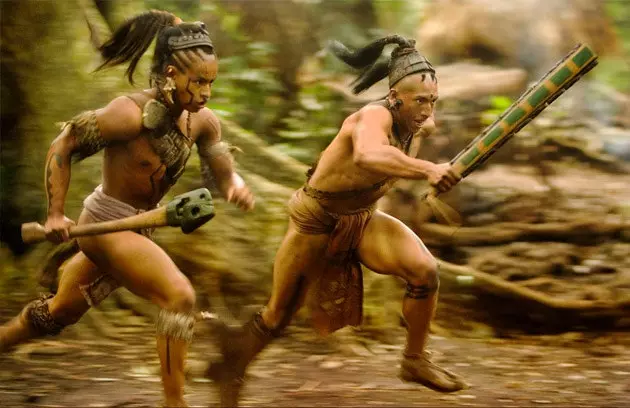
These people know the jungle better than you do in your living room
The Doctors also suggest that I work on orientation "from spatial memory activities - like this one - and mental rotation of complex figures - like these - ", without forgetting that "the physical exercise also favors spatial orientation , because it helps us to internalize our body scheme and to obtain a better development of laterality. Carry out activities in open environments It also favors the improvement of orientation, since it subjects us to a constant effort of location in space ".
Barragán knows a lot about this, and he urges us, if we want to take the matter seriously, to specific Mountain Orienteering courses like the ones that his team teaches at the Excursionist Society of Malaga. In fact, he himself, who has also been Delegate of the Andalusian Federation of Mountaineering in Malaga and President of the Mountaineering Section of the SEM between 2008 and 2014, he is currently dedicated to organize and teach mountain-related courses that are offered in the SEM: Mountaineering, Orientation and GPS, Initiation to Climbing, Initiation to Mountaineering... So yes, he knows a bit about this.
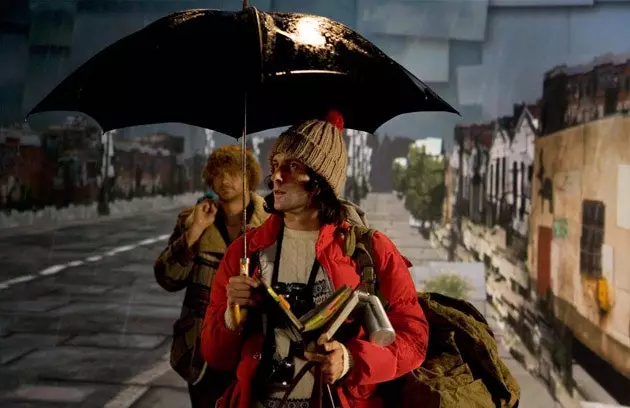
You go to the exploration prepared or you don't go
But what if we are mere urbanites who don't want to get lost when hiking but neither enroll in a course? In this regard, we have also managed to get several ideas:
- Learn to read a map and use a compass. Learn to use, then, a GPS, but the map and the compass are essential.
- Stop a little before starting to walk to see where is the north What approximate direction are we going to walk? Be aware of changes of address.
- Look back from time to time and locate characteristic elements such as hills, farmhouses, unique trees, if any, because the landscape changes a lot when you see it from there or back.
- Estimate how much unevenness we have climbed or descended, as well as how many kilometers we have traveled.
- There are **mobile applications like OruxMaps** that are very useful, with the only drawback being that the battery lasts a short time. They allow us to locate ourselves and know where we are and where to go.
Since 17 peaks, 17 troughs They also give us some extra tips:
- Bring the map laminated or in a waterproof case, so that it does not deteriorate due to the conditions that we can find.
- If you don't have a compass or GPS, you can use observation to guide you : by the stars (the Pole Star is located in the Little Bear within the Northern Hemisphere) ; for the moon ( its points can give us an approximation of the cardinal points , because when it is growing they point to the East and when it is waning, to the West) ; the exit and the sunset (We have all been taught that the Sun rises in the East and sets in the West, but it only does so at the exact point at the equinoxes, that is, around March 21 and September 23).
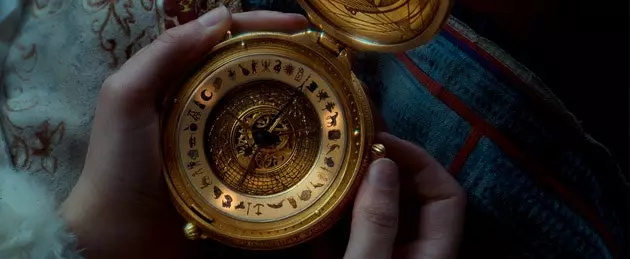
The compass, an essential gadget for adventurers
To learn the basics (how to use a compass, etc), Alfonso recommends that we let's get some beginner's book . We have done a brief search for Desnivel , a bookstore dedicated body and soul to Mountain Sports and we have found several that could be interesting, like this _ Basic guidance manual _, for example, and even books intended for children (are we not children in this regard?), such as _ Your friend the map _.
However, since we are very Kaffir, let's put ourselves in the worst: you have gone to the field with your picnic basket, you have started walking and the walk has gone out of your hands. It's starting to get dark, your mobile battery runs out, pebbles have gotten into your boots and you feel like at the beginning of a very bad movie. Let's say you feel like the first few minutes of 127 hours (yes, we like to get dramatic) and Your chin is starting to tremble. Don't cry, act!: "If we get lost, the best we can do is retrace our steps to the last known and safe point", recommends Barragán. " We must not continue through unknown terrain if we don't know where we're going: this only unnecessarily increases the search area in case of activating a rescue".
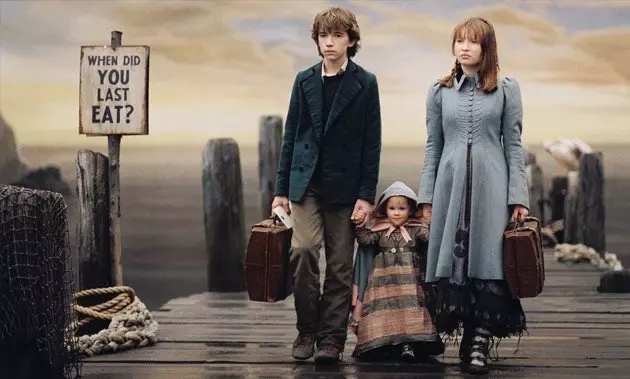
Things you do when you're lost: ask yourself "When did I last eat? Will I have enough water...?"
Adventurers from 17 Peaks give us some more tips: "The important thing is to stay calm. , and reflect quietly looking for all the signs and signals that help us to situate ourselves . It is possible that the right path is near and, if the terrain allows it, we can climb to a high point from which the area is dominated and look for the most notable geographic accidents to be able to catch some known reference. When we move again to find the correct route, we must leave some kind of mark on the ground to make sure we don't go around in circles uselessly; rows of stones or branches that indicate our direction or some type of reflector. East reflective material (stickers, small pieces) is essential for us in caving; we always carry it, since it is used a lot in exploration to be able to return to a known point and so not lose you.
If none of this works, both agree that it is best sit down and call the emergency phone requesting help. "If we have a choice send by Whatsapp our situation It would be perfect, since he rescue groups are using a lot this tool, essential to shorten the rescue time", they warn us from 17 peaks. Barragán adds (and it is not a trivial fact in moments of nervousness ) that, in addition to having the 3G network activated, we should also have the mobile location on. But come on, before mess it up in such an epic way , maybe we should consider learning to use a compass, right? It's never too late to make a "Doctor Livingstone I Guess".
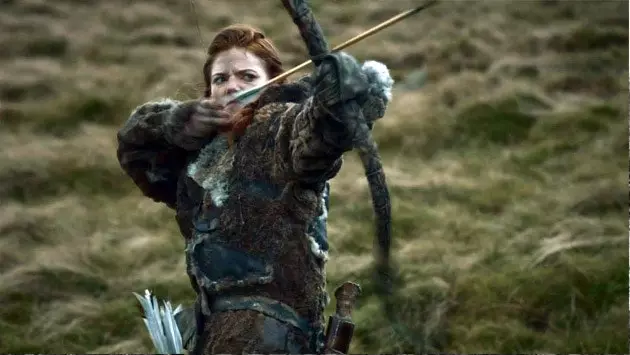
Ygritte would never get lost, but surprise! You are not Ygritte!
*She may also interest you...
- These Instagram accounts will make you leave everything in the mountains - Connect with nature: 10 autumn plans in Europe that you cannot miss - Spain: nature in style - The 15 best places in the world to pitch a tent - Nature XXL : 25 record-breaking landscapes - Sténdhal nomad: 25 photographs that make you want to travel - The most impressive natural viewpoints in Spain - The most impressive natural viewpoints in the world - All articles by Marta Sader
